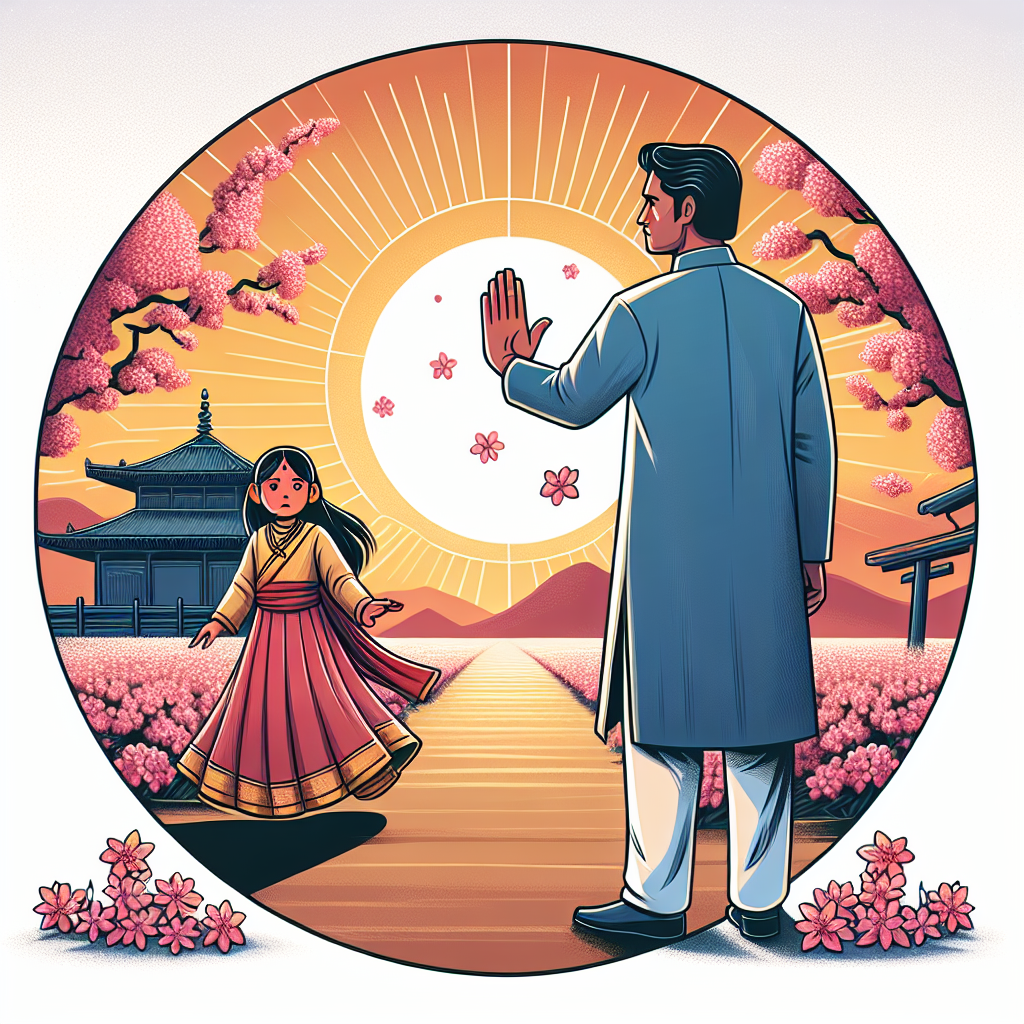#ChildMarriage #EndChildMarriage
Breaking Tradition: The Unseen Reality of Child Marriage in Japan
Child marriage is a pressing global concern impacting millions of children, especially girls. While many may assume this issue is limited to developing nations, it also occurs in more advanced countries, including Japan. This article delves into the concealed reality of child marriage in Japan, its ramifications, and the critical need for awareness and action.
Defining Child Marriage
Child marriage refers to a formal or informal union before the age of 18. It often results in numerous adverse effects, such as:
- Loss of educational opportunities
- Heightened risk of domestic violence
- Health issues related to early pregnancy
- Social isolation
In Japan, child marriage is frequently ignored, yet it manifests in various forms. Although the legal marriage age is 18 for women and 20 for men, loopholes and cultural customs permit younger individuals to wed.
The Legal Landscape in Japan
The Japanese Civil Code establishes the legal marriage age at 18 for women and 20 for men. However, with parental consent, girls can marry as young as 16. This legal provision creates an avenue for child marriage, especially in rural regions where traditional customs are more entrenched.
As the renowned writer and activist Maya Angelou remarked, “We may encounter many defeats but we must not be defeated.” This sentiment resonates as Japan confronts the challenge of tackling child marriage within its society.
Social and Cultural Influences
Child marriage in Japan is often linked to deeply ingrained social and cultural norms. Contributing factors include:
- Traditional Gender Expectations: In many regions of Japan, conventional views on gender roles endure. Young girls are often anticipated to marry early and assume domestic duties.
- Economic Pressures: In certain situations, families may urge their daughters into marriage for financial reasons, aiming to alleviate the family’s economic burden.
- Lack of Awareness: Many individuals are unaware of the legal implications and long-term effects of child marriage on young girls.
As author Chimamanda Ngozi Adichie noted, “We teach girls to shrink themselves, to make themselves smaller.” This highlights the societal pressure on young girls to adhere to traditional roles, potentially leading to early marriages.
The Concealed Reality
Though Japan is often perceived as a progressive nation, the concealed reality of child marriage tells a different tale. Reports suggest that child marriage is more prevalent than one might assume. Some hidden aspects include:
- Informal Marriages: Numerous young couples may not officially register their marriages, resulting in unrecognized unions that can still carry significant legal and social ramifications.
- Family Pressure: In some instances, families may coerce young girls into marrying older men, believing it secures their future.
- Rural and Urban Disparities: Child marriage is more common in rural areas where traditional practices hold stronger sway compared to urban environments.
Impact of Child Marriage
The repercussions of child marriage can be catastrophic. Young girls who marry early often encounter:
- Educational Interruptions: Many leave school to fulfill their responsibilities as wives and mothers.
- Health Risks: Early pregnancies can result in severe health complications, including maternal mortality.
- Social Isolation: Young brides may find themselves cut off from their peers, leading to mental health challenges.
As Nobel Prize winner Malala Yousafzai stated, “One child, one teacher, one pen, and one book can change the world.” This underscores the significance of education in the fight against child marriage.
Initiatives to Address Child Marriage
There are ongoing initiatives in Japan aimed at tackling child marriage and safeguarding the rights of young girls. Some of these efforts include:
- Awareness Initiatives: Organizations are striving to raise awareness about the dangers of child marriage and the value of education.
- Legal Reforms: Advocates are pushing for more stringent laws to close loopholes that permit child marriage.
- Support Services: Providing assistance to young girls at risk of early marriage or those who have already married.
As human rights advocate Nada Al-Ahdal aptly stated, “Protecting human rights is not an option, but a responsibility of us all.” This serves as a reminder that everyone has a part to play in safeguarding the rights of children.
The Importance of Education
Education is a formidable weapon in the battle against child marriage. By granting girls access to education, we empower them to make informed choices about their futures. Key points include:
- Education helps girls comprehend their rights and the significance of postponing marriage.
- It equips them with skills to pursue careers, reducing their reliance on marriage for financial security.
- Educated girls are more inclined to advocate for their rights and the rights of others.
As author and activist Gloria Steinem stated, “The future depends entirely on what each of us does every day; a movement is only people moving.” This emphasizes the importance of collective action in fostering change.
Conclusion
Child marriage remains a concealed reality in Japan, making it crucial to raise awareness about this issue. By comprehending the legal framework, social influences, and consequences of child marriage, we can take meaningful steps to combat this practice. Everyone has a role in protecting the rights of young girls and ensuring they have the chance to lead fulfilling lives.
As we progress, let us remember the words of Nada Al-Ahdal: “Protecting human rights is not an option, but a responsibility of us all.” It is our shared duty to advocate for change and ensure that every child, regardless of their background, is shielded from the dangers of child marriage.
#NadaFoundation
#ChildMarriage
#Nada_Foundation
#NadaAlahdal
#Breaking #Tradition #Hidden #Reality #Child #Marriage #Japan
breaking-tradition-the-hidden-reality-of-child-marriage-in-japan






















